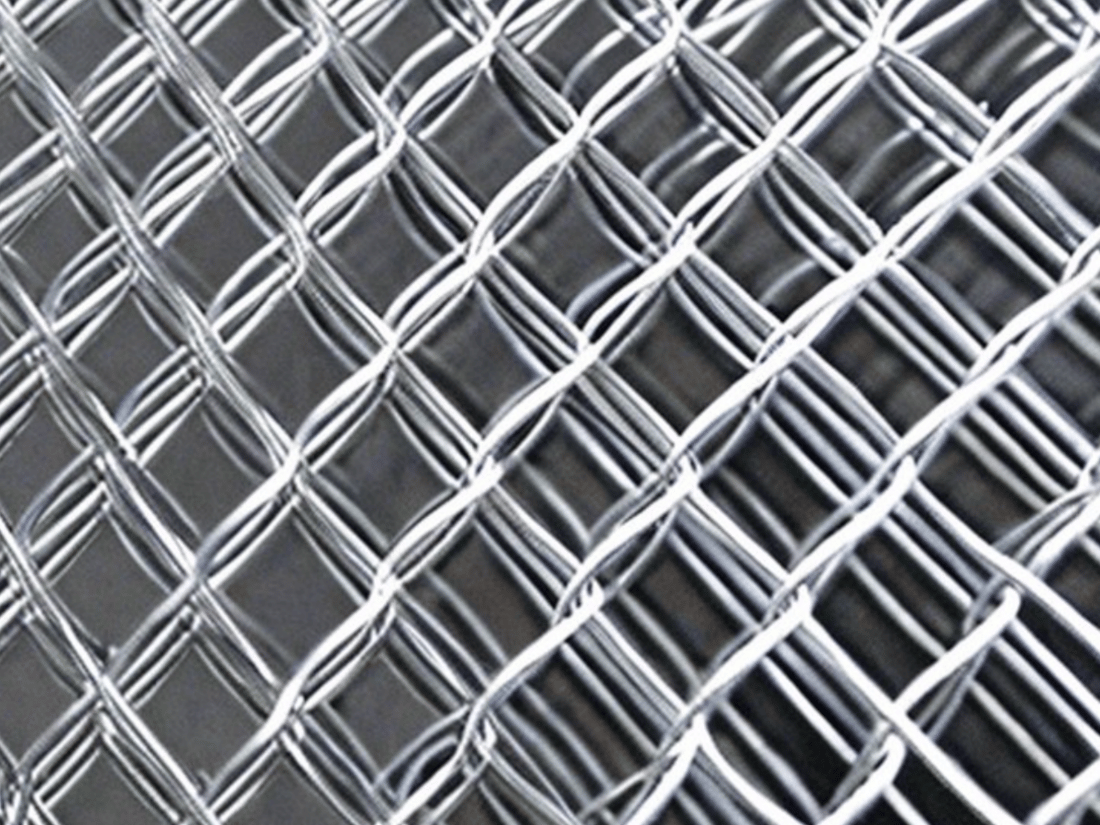Introduction
Galvanized wire mesh is a popular type of wire mesh that has been treated with a coating of zinc to make it more resistant to corrosion and rust. It is commonly used in a wide range of applications, from fencing and animal enclosures to construction and industrial settings. In this article, we will provide an overview of galvanized wire mesh, its properties, and its uses.
Properties of Galvanized Wire Mesh
Galvanized wire mesh is typically made from low carbon steel wire that has been galvanized. The galvanization process involves coating the wire with a layer of zinc, which provides a protective barrier against corrosion and rust. The thickness of the coating can vary depending on the intended use of the wire mesh, but it generally ranges from 15 to 40 microns.
Uses of Galvanized Wire Mesh
Galvanized wire mesh has a wide range of uses in various industries. Some of the most common applications include:
1. Fencing: Galvanized wire mesh is commonly used in fencing to create a strong and durable barrier that can withstand harsh weather conditions and resist rust and corrosion.
2. Animal Enclosures: Galvanized wire mesh is also used in animal enclosures to create a safe and secure environment for animals while ensuring their visibility.
3. Construction: Galvanized wire mesh is used in construction to provide additional reinforcement to concrete structures, such as walls and foundations.
4. Industrial Settings: Galvanized wire mesh is used in various industrial settings, including filtration, ventilation, and machine guards.
Disadvantages of Galvanized Wire Mesh
1. Limited Color Options
2. Environmental Concerns
3. Not Ideal for High-Temperature Applications
Conclusion
Galvanized wire mesh is a popular and versatile material that offers a wide range of benefits, including corrosion resistance, durability, and cost-effectiveness. It is commonly used in fencing, animal enclosures, construction, and industrial settings. While it has some disadvantages, such as limited color options and environmental concerns, its advantages make it an excellent choice for many applications.

